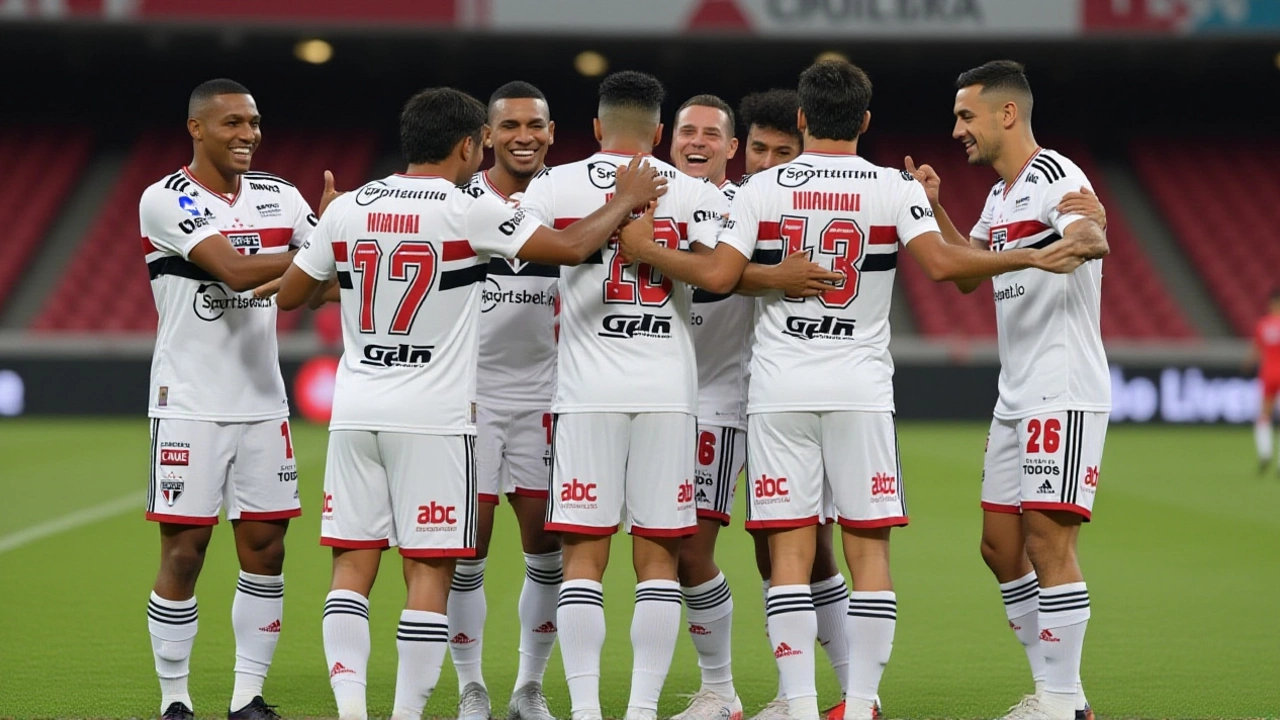Copa Libertadores – South America’s Premier Club Football Competition
When talking about Copa Libertadores, the annual club football championship organized by CONMEBOL that pits the best teams from across South America against each other. Also known as the South American Champions League, it draws millions of viewers and defines regional prestige. The competition is run by CONMEBOL, the governing body for football in South America that sets the rules, schedules, and commercial partnerships for the tournament, and it involves South American clubs, teams such as River Plate, Flamengo, and Atlético Nacional that qualify through their domestic leagues. To decide a winner, the event uses a tournament format, a blend of a round‑robin group stage followed by two‑legged knockout rounds, culminating in a final match that crowns the champion. This structure means that Copa Libertadores encompasses a mix of consistent performance and high‑pressure elimination, a dynamic that keeps fans on edge from start to finish.
History, evolution, and what makes the competition tick
The first edition of Copa Libertadores kicked off in 1960, inspired by Europe’s Champions League and aimed at showcasing South American talent on a continental stage. Over the decades, the tournament has expanded from a modest six‑team affair to a 32‑team spectacle, reflecting the growing professionalism of the sport in the region. Each season, the group stage, where clubs play home‑and‑away matches against three opponents, determines who advances to the knockout phase. This phase, known for its intense atmospheres and tactical battles, requires teams to master both attack and defense under varied conditions—from high‑altitude venues in Bolivia to humid stadiums in Brazil. The format’s demands influence club strategies, player recruitment, and even coaching philosophies, making the tournament a catalyst for the evolution of South American football.
Beyond the on‑field drama, Copa Libertadores shapes fan culture, media coverage, and economic opportunities across the continent. Victory brings not only a coveted trophy but also a boost in club revenues, sponsorship deals, and international recognition. Players who shine in the competition often attract attention from European clubs, turning the tournament into a springboard for careers abroad. Meanwhile, rivalries forged in the heat of Libertadores matches—like the classic clashes between Boca Juniors and River Plate—fuel narratives that resonate for generations. As you explore the collection of articles below, you’ll see how the tournament’s structure, its governing body, and the participating clubs intertwine to create a unique sporting phenomenon that remains a cornerstone of South American football.

André Silva’s brace powers São Paulo FC past Alianza Lima in Lima
André Silva's brace gives São Paulo FC a 2‑0 away win over Alianza Lima in Lima, boosting the Brazilians to 10 points and tightening the Libertadores group race.
View More
